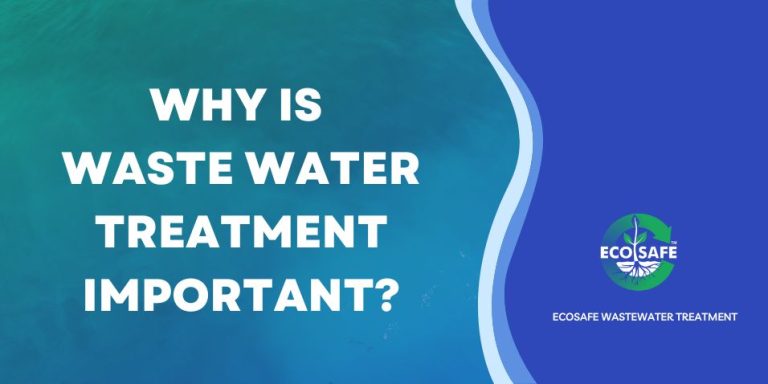The Buzz on Reclaim Waste
The Buzz on Reclaim Waste
Blog Article
Reclaim Waste Things To Know Before You Buy
Table of ContentsThe Single Strategy To Use For Reclaim WasteNot known Factual Statements About Reclaim Waste Reclaim Waste Can Be Fun For Anyone9 Easy Facts About Reclaim Waste Described8 Easy Facts About Reclaim Waste Described
Discover the types, occurrences, and kinds of fluid waste. Residential sewer waste describes the waste and products from a household septic system. This kind of waste is created by humans in homes, colleges, and various other structures. This only consists of septic systems that have a drain area. The proper administration and disposal of domestic sewage waste require fluid waste to be moved to a sewer treatment plant where the proper techniques and devices are applied to cleanse and take care of waste.
Commercial waste usually consists of prospective risks, such as combustible materials or a blend of fluid and solid waste products, and requires an extra sophisticated and detailed disposal process. The disposal of business waste normally involves the purification of waste prior to transportation to ensure risk-free and correct disposal. Industrial waste is produced from byproducts and drainage of industrial processes and manufacturing.
This sort of waste can not make use of the exact same sewer monitoring transport or processes as septic or industrial fluids. The industrial waste monitoring procedure requires the assessment and screening of fluid waste prior to it undergoes the disposal process (liquid waste removal melbourne). Drainage waste is the liquid waste that comes from overflow and excess stormwater in highly booming locations or cities
Overflow waste can trigger contamination and flooding if not managed appropriately. Making sure correct waste administration can stop disasters and decrease ecological damage.
Some Known Questions About Reclaim Waste.
Contact PROS Providers today to discover our waste monitoring and disposal services and the correct means to care for the fluid waste you generate.
(https://reclaimwaste1.edublogs.org/2024/11/12/efficient-liquid-waste-removal-and-disposal-your-complete-guide-to-sustainable-waste-management/)This supposed 'wastewater' is not only a vital source but, after therapy, will be launched to our land, rivers or the sea. Used water from commodes, showers, bathrooms, cooking area sinks, washings and industrial processes is recognized as wastewater.

water made use of to cool down equipment or clean plant and devices). Stormwater, a type of wastewater, is drainage that flows from agricultural and city locations such as roofs, parks, gardens, roads, paths and gutters into stormwater drains, after rain. Stormwater moves unattended directly to regional creeks or rivers, eventually reaching the ocean.
Reclaim Waste Can Be Fun For Anyone
In Queensland, many wastewater is dealt with at sewage treatment plants. Wastewater is carried from residential or industrial websites through a system of sewage systems and pump terminals, known as sewage reticulation, to a sewage therapy plant.
The Division of Natural Resources encourages regional governments regarding managing, operating and maintaining sewage systems and treatment plants. In unsewered locations, local federal governments may require householders to mount individual or home sewer treatment systems to deal with residential wastewater from bathrooms, cooking areas, washrooms and laundries. The Division of Natural Resources authorizes making use of house systems when they are proven to be efficient.
In some new communities, therapy of some stormwater to get rid of litter, sand and crushed rock has begun making use of gross contaminant traps. Wastewater therapy takes place in four phases: Removes strong matter.
Wastewater then moves right into large containers where solids work out and are eliminated as sludge. Grease and residue are skimmed from the surface area. Uses tiny living microorganisms called micro-organisms to damage down and eliminate remaining dissolved wastes and fine bits. Micro-organisms and wastes are integrated in the sludge. Gets rid of nitrogen and phosphorus nutrients that can cause algal blossoms in our rivers and endanger marine life.
Rumored Buzz on Reclaim Waste
Nutrient removal is not available at all sewage therapy plants due to the fact that it needs costly specialised equipment. Clear liquid effluent created after treatment might still have disease-causing micro-organisms - liquid waste disposal.

The majority of wastewater flows right into the sewerage system. Under the Act, regional governments administer authorizations and licences for eco relevant activities (Periods) including wastewater launches that could have a neighborhood influence.
The Of Reclaim Waste
Surveillance provides a fantastic read accurate info concerning water high quality and can verify that permit conditions are being satisfied. The info gotten via surveillance supplies the basis for making water high quality decisions.
Report this page